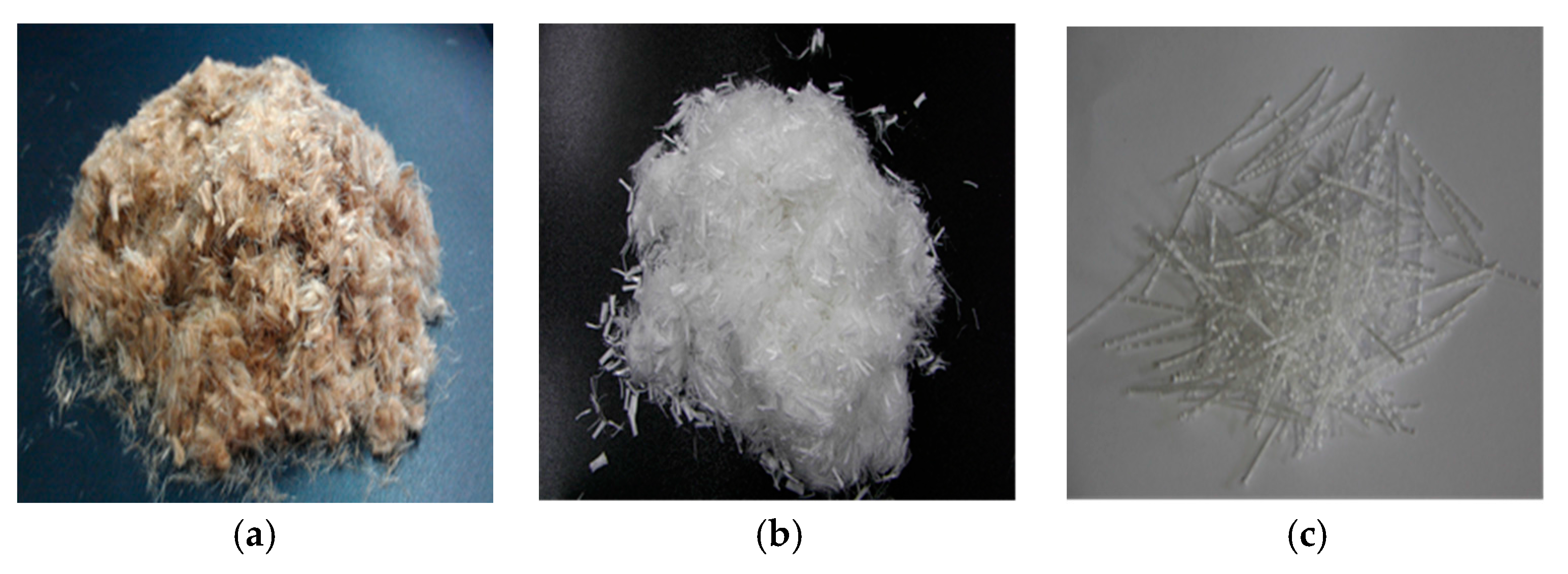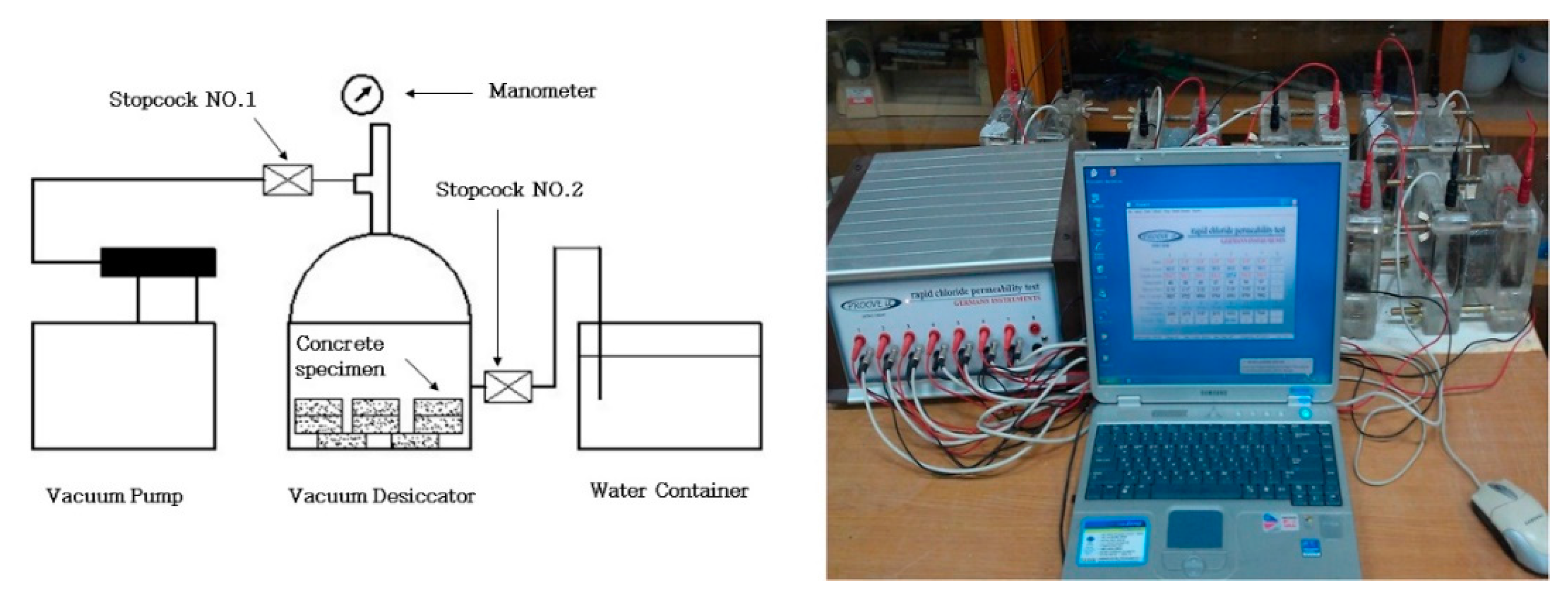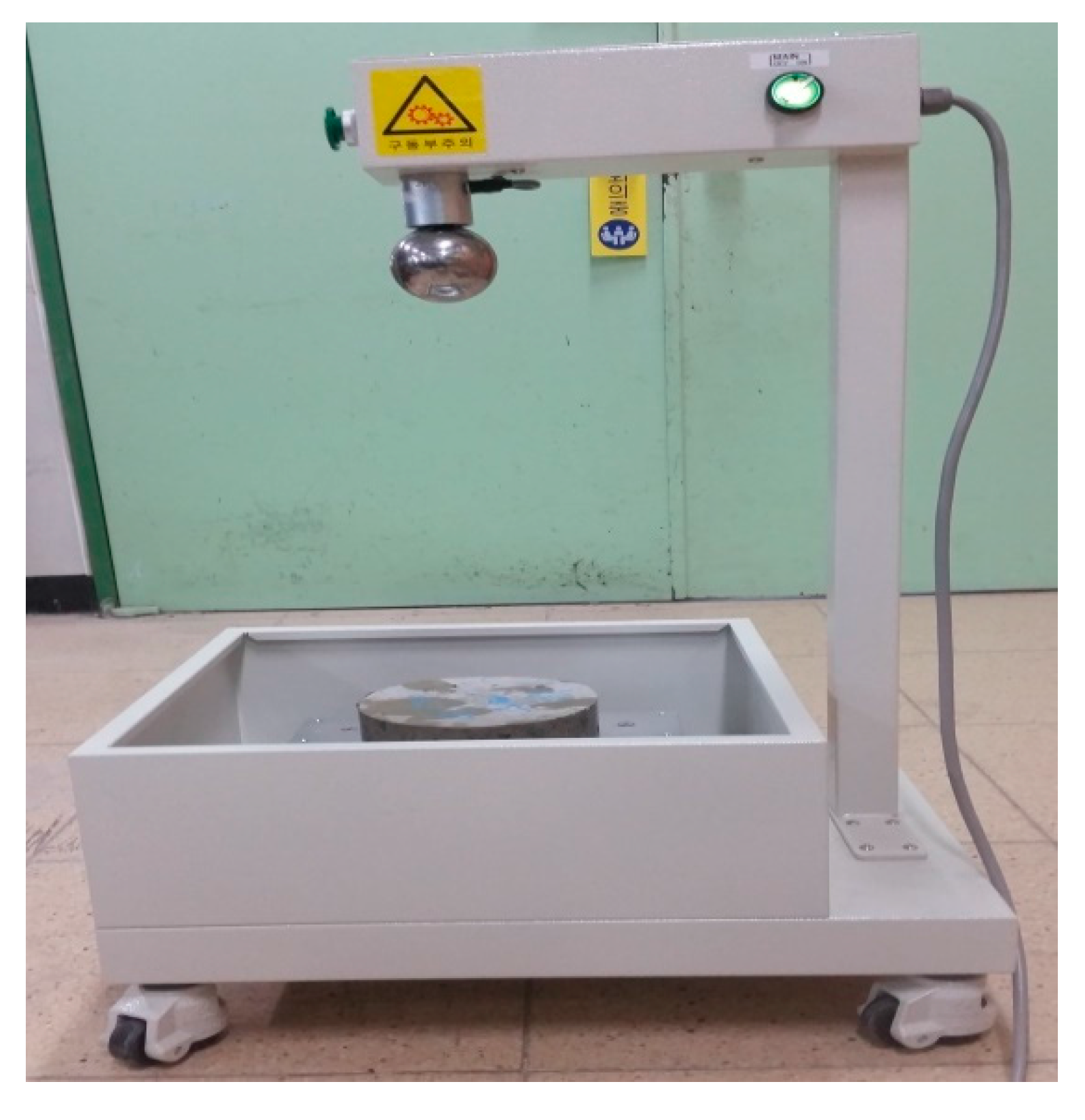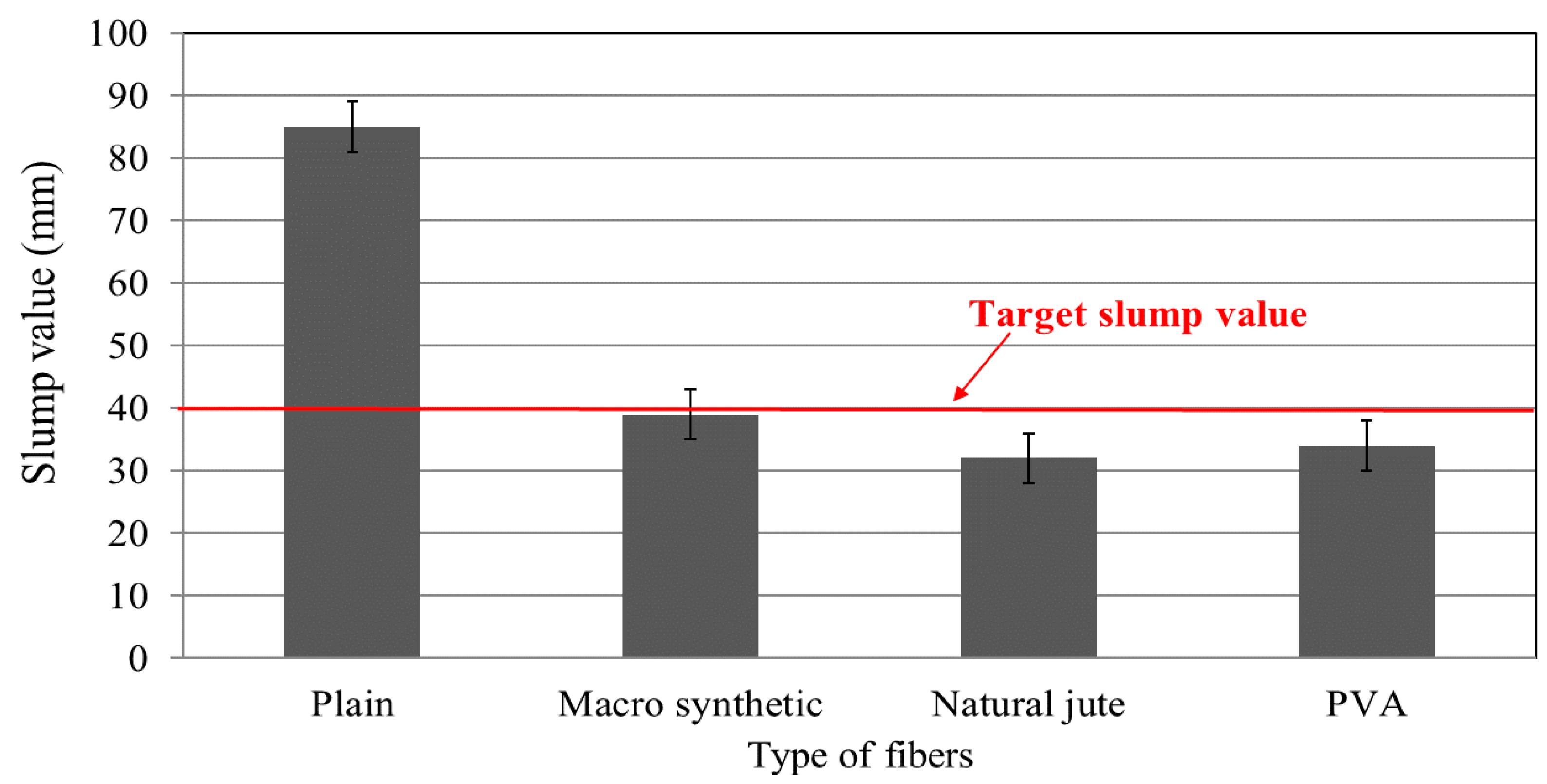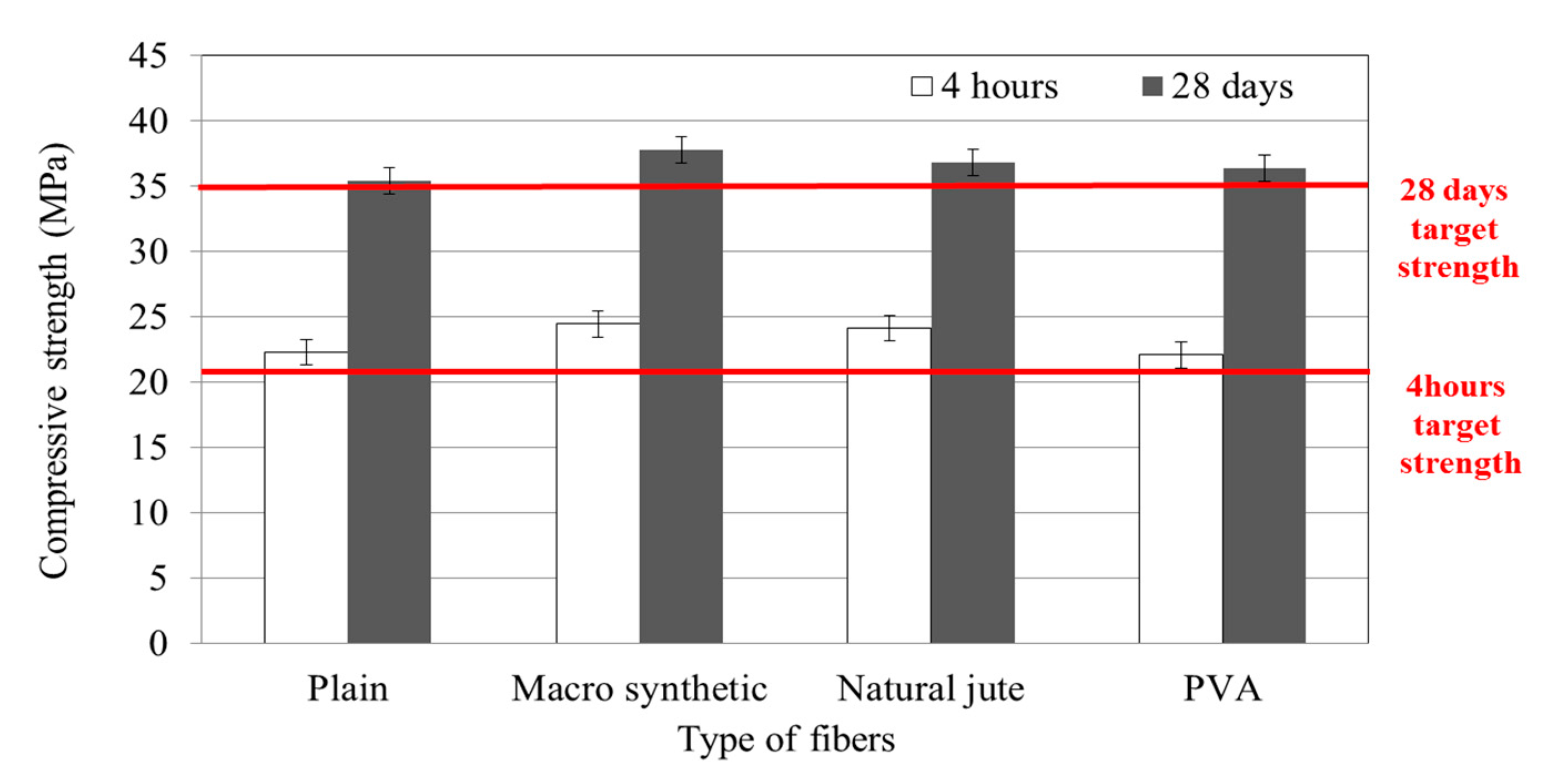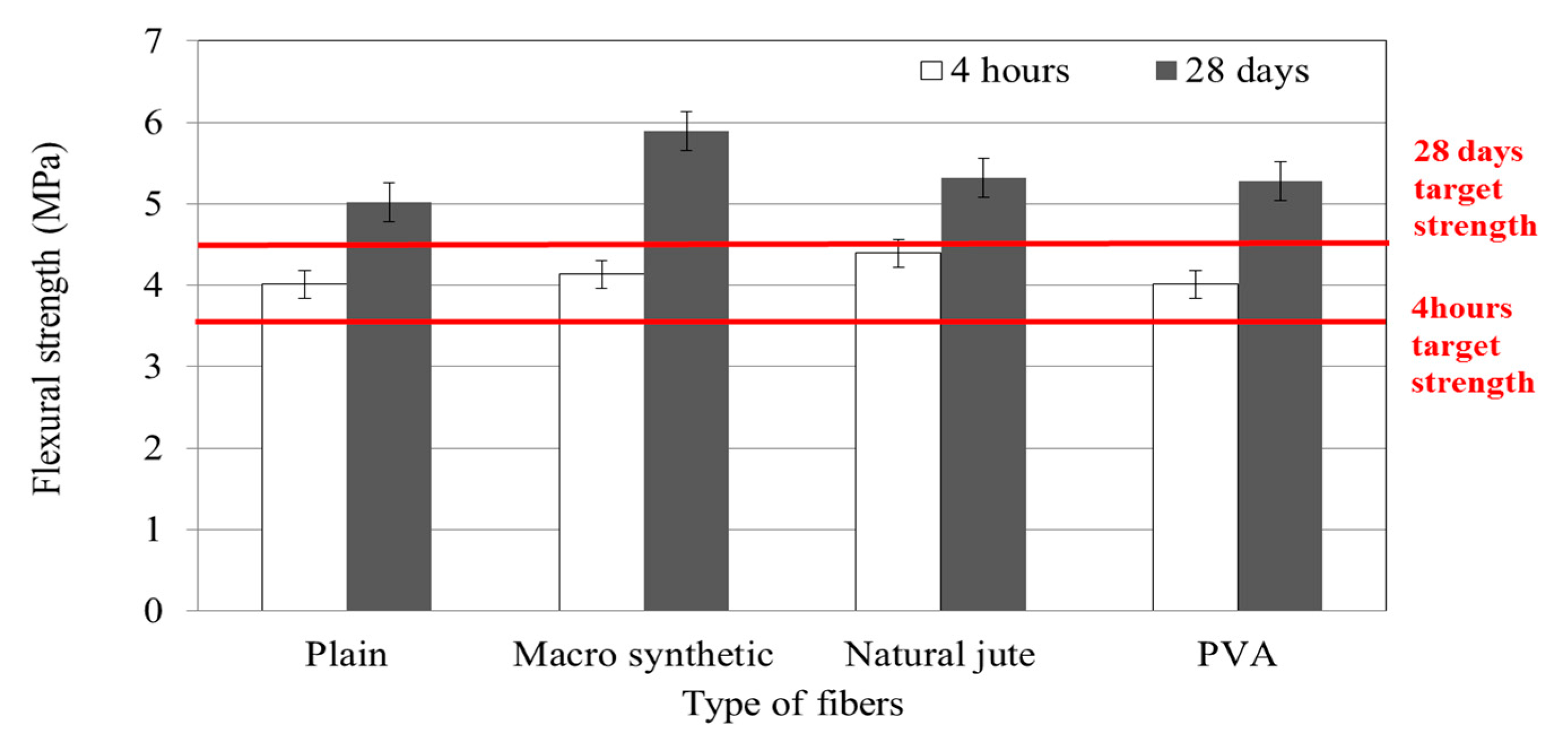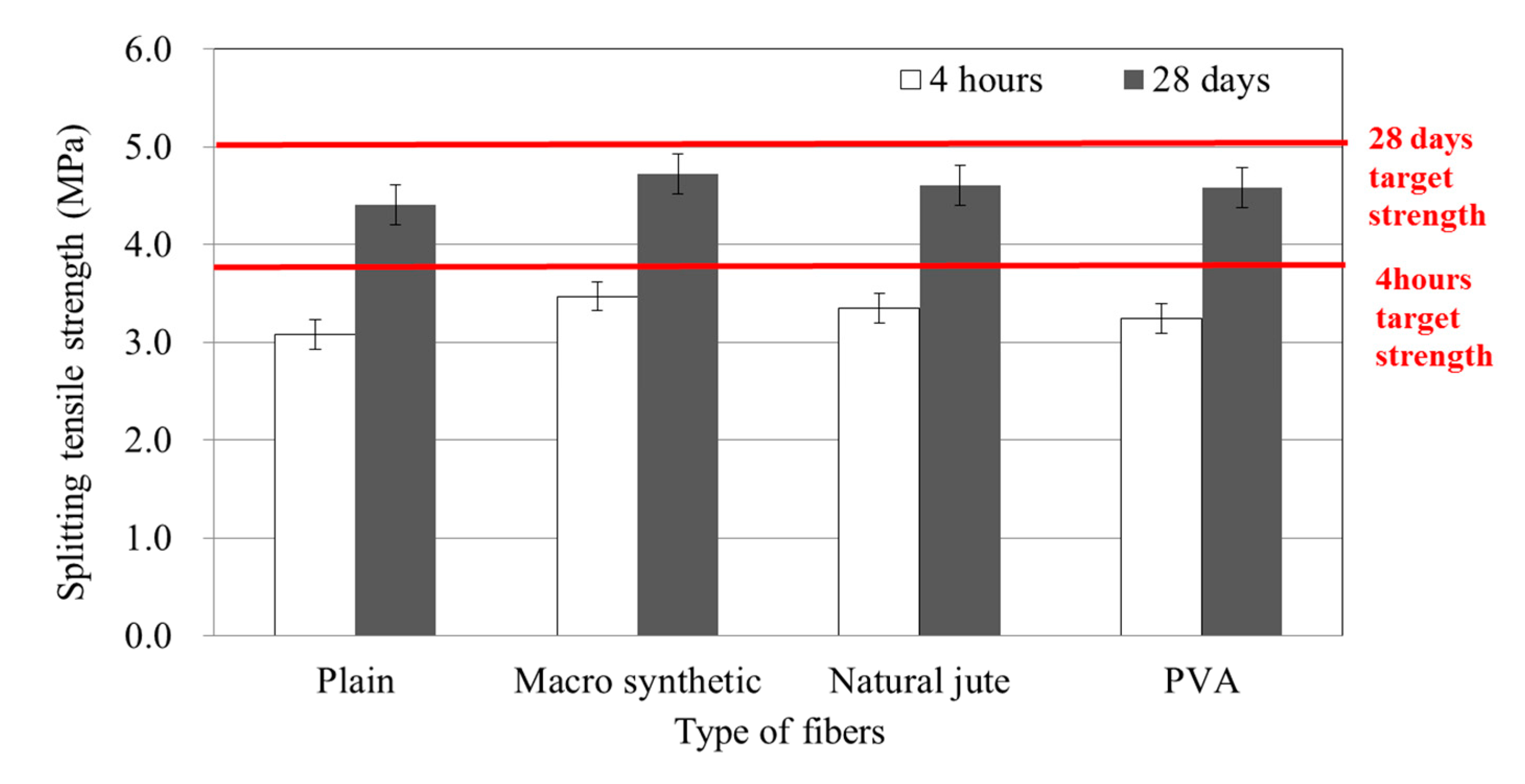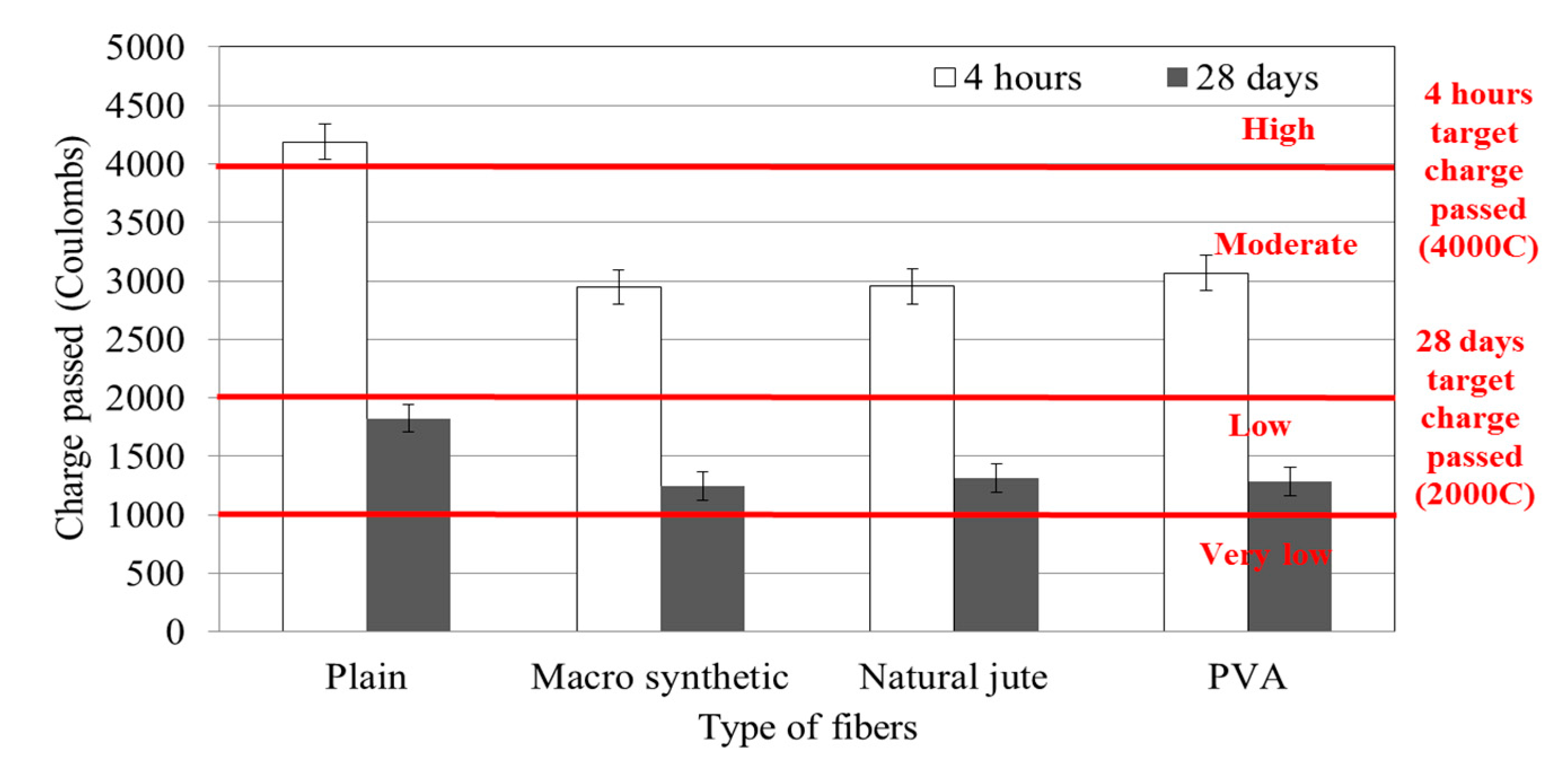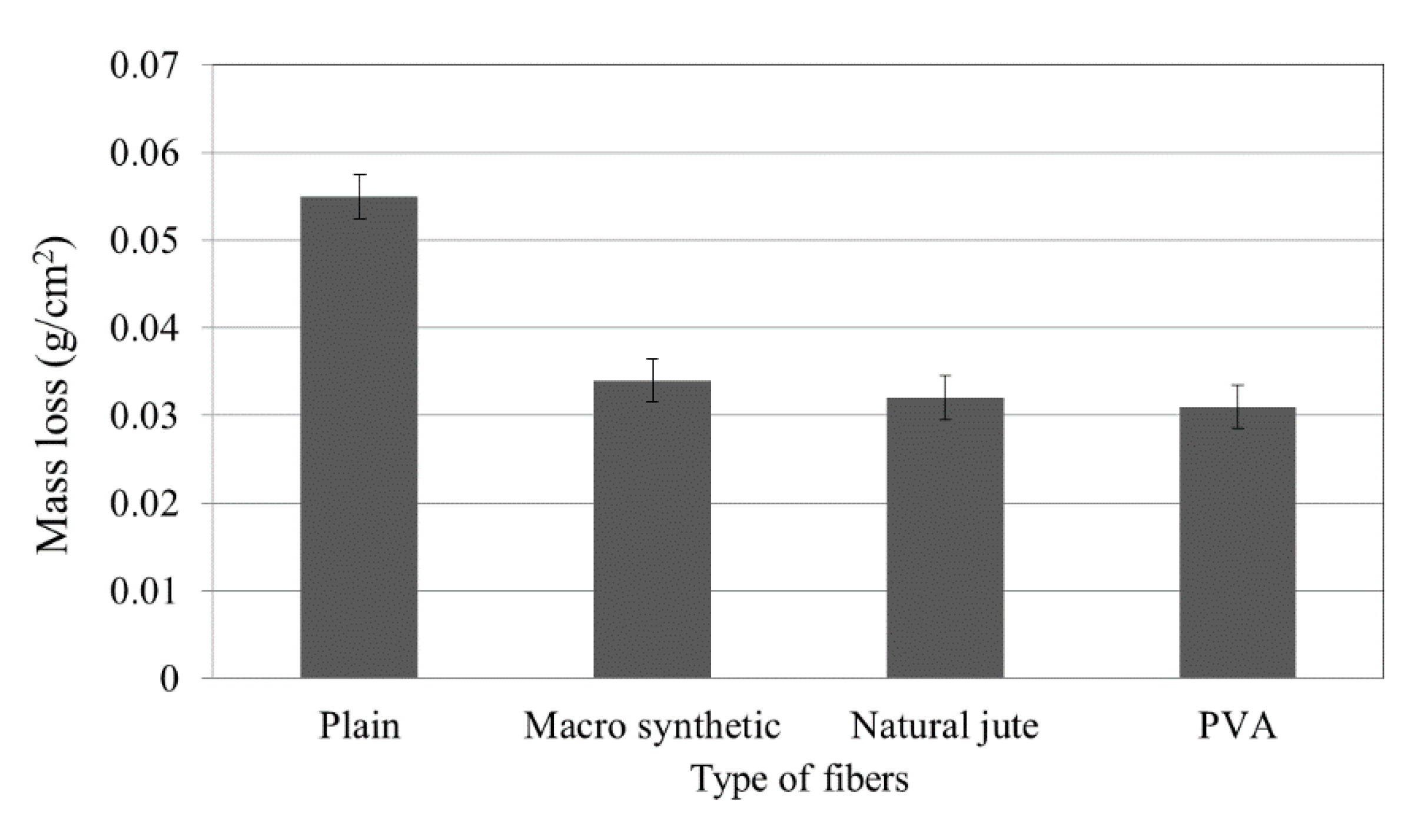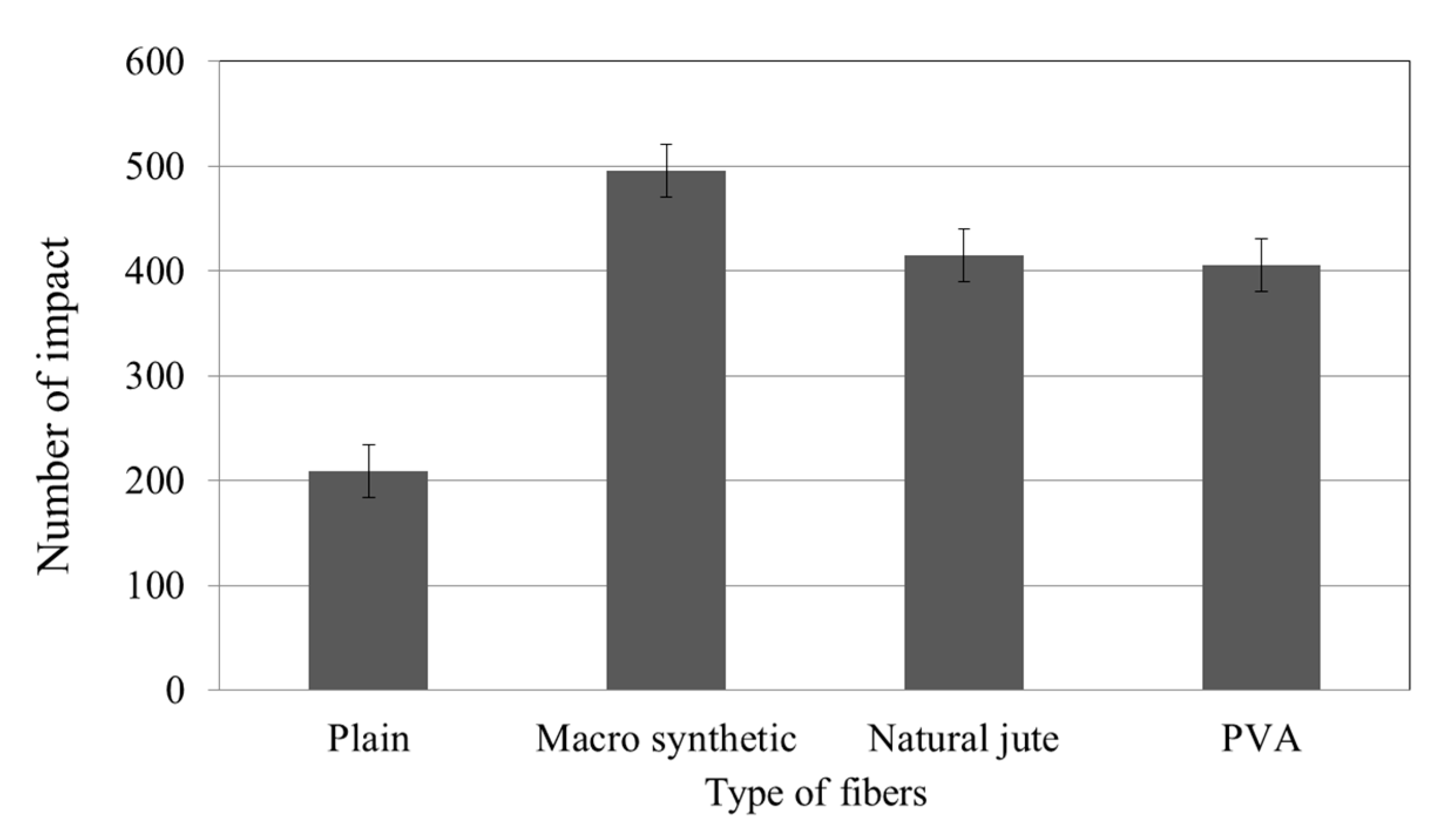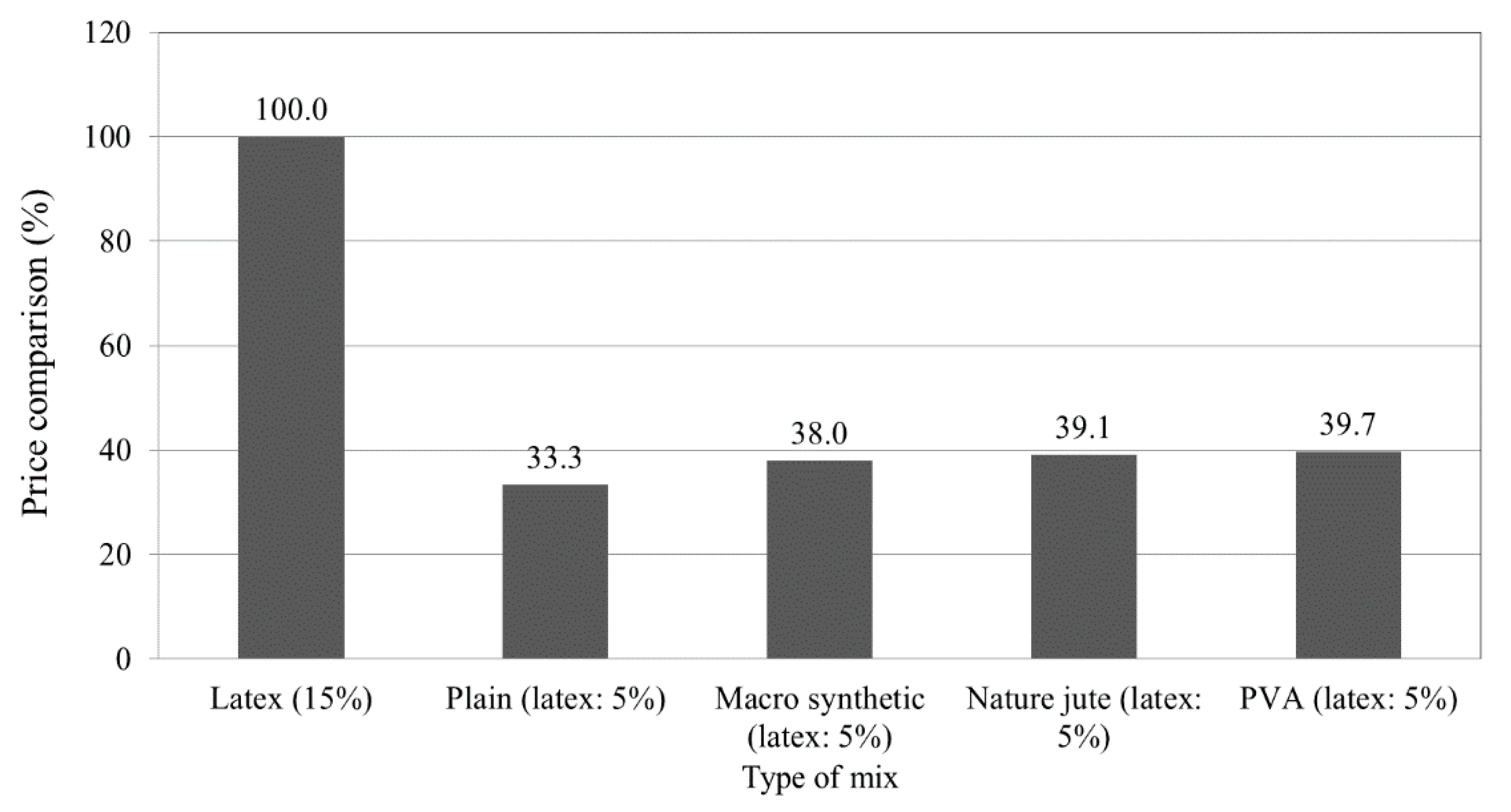1. Introduction
New methods and materials for repairing old or damaged pavement are necessary given the increasing demand placed on roadway infrastructure [
1,
2,
3,
4,
5,
6]. Road repairs require rapid reopening after a short-term period of blocking traffic to minimize traffic congestion [
7,
8,
9,
10,
11]. Typically, rapid-hardening cement concrete is used for this purpose [
12,
13]. During the hardening process, hydration heat is generated when the compounds in the cement form chemical bonds with water [
1,
2,
3,
6,
12]. Thus, hydration is required for hardening/curing [
1,
2,
3,
6,
12]. Early strength is achieved by enhancing the movement of heat and moisture inside the concrete pavement structure for rapid hardening [
6,
12]. However, under the conditions of the actual site, the movement of heat and moisture is restricted, internally and externally, causing tensile stress in the concrete and ultimately, fine crack formation [
6,
12].
Fine cracks allow water to penetrate the concrete pavement, leading to defect formation, loss of original function and other problems requiring near-term future repairs [
4,
6,
7]. Latex is added to rapid-hardening cement to improve its workability and durability [
13,
14]. The viscosity of latex helps to prevent separation of materials. Thus, it increases the flexural strength and tensile force/formability of concrete [
12,
13,
14]. This occurs due to the surfactant interactions with the latex components [
5,
10,
11]. The formation of a latex film improves the bond strength and mechanical properties of the concrete, while increasing the concrete’s resistance to water permeability [
5,
10,
11]. Other advantages of adding latex to concrete include improved viscosity, water tightness, freezing and thawing resistance in addition to anti-abrasion and anti-chemical resistance [
10,
11,
12,
13,
14]. However, despite the excellent workability and durability of latex-modified rapid-set cement concrete, it still has the same problems associated with rapid-set cement [
10,
11,
12,
15]. The addition of latex to concrete tends to delay the onset of the targeted initial strength [
12,
15]. Therefore, a large amount of rapid set cement should be used. In particular, the use of a large amount of rapid set cement for securing initial strength produces hydration heat, resulting in crack formation due to shrinkage/contraction, temperature variation and restraints inside the concrete [
6,
12,
13,
15]. The occurrence of these cracks reduces the time between subsequent re-pavement maintenance due to a deterioration in pavement durability with water permeability [
10,
11,
12,
13]. Thus, with massive use of ultra-rapid hardening cement, it is important to find the means to minimize or prevent hydration-heat crack formation to improve the durability of concrete and in turn, reduce the time and cost involved by deferring the requirement for re-pavement [
12,
13,
15]. In this research, crack formation was controlled by the use of reinforced fibers.
The addition of reinforcing fibers minimized concrete crack formation by dispersing the fibers in random directions throughout the concrete [
16,
17,
18,
19,
20,
21,
22,
23]. Additionally, the dispersion of the reinforcing fibers improved the brittle and ductile properties of the concrete by inhibiting crack formation and growth [
17,
18,
19,
20]. Fiber-reinforced concrete (FRC) is concrete that contains or is reinforced with dispersed, randomly-oriented and unconnected fibers [
16]. Concrete is indigenously brittle, but if reinforced with fibers within its structure, such brittleness is rectified and its ductile property is improved due to the suppression of crack growth by the reinforced fibers [
17,
18,
19,
20,
21].
Furthermore, in the method of suppressing the occurrence of cracks, the water–cement ratio is lowered to reduce the amount of water used [
22,
23]. The roller compaction concrete is applied in this study in terms of construction. Roller compaction concrete can be installed at a low water-cement ratio and can suppress shrinkage cracks caused by water evaporation. It also has the advantage of excellent construction ability [
24]. Roller-compacted concrete (RCC) has low mobility. RCC refers to concrete for which compacting is performed with external vibrators, such as vibration rollers, because it does not have the consistency required of general concrete [
24,
25,
26,
27]. Roller-compacted concrete pavements (RCCPs) facilitate rapid, consecutive construction and wide construction boundaries. Thus, RCC techniques have higher economic feasibility than general concrete engineering methods [
24,
25,
26,
27]. Compared with general concrete pavements, RCCPs are stronger as they have lower water-to-cement ratios, with minimal contraction crack formation from moisture evaporation. Thus, in the long term, RCC materials provide the advantage of increased durability [
24,
25,
26,
27].
Currently, the latex-modified rapid-hardening-cement concrete used in repairs contains 15% latex (15% of the cement weight) [
6,
12,
15]. The use of 15% latex is difficult to apply to roller-compacted concrete with requirements of low slump. Therefore, the use of latex should be reduced. In this regard, the use of less latex would be desirable. However, given the advantages of latex, this would require new methods and materials to achieve the desired performance from the repair concrete. The addition of reinforcement fibers distributes the fibers in random directions inside the concrete so that the concrete’s crack control ability may be improved [
16,
17,
18]. Fiber-reinforced concrete also enhances the brittle properties of the concrete and improves ductile performance, preventing crack generation and growth [
19,
20,
21,
22,
23]. The degree of the increase in crack control capacity attributable to fiber reinforcement of concrete is determined by the bonding mechanism between the fibers and the concrete, including fiber bridging, fiber de-bonding, fiber pullout and fiber fracture when cracks occur [
16,
17,
18,
19,
20,
21,
22,
23]. The bond characteristics are influenced by a variety of factors, such as the morphological shape and length of the reinforcing fiber, the surface property, the interface between the concrete and the reinforcing fiber in addition to the strength of the concrete [
22,
23]. In general, there are two approaches to improve the bonding characteristics of the fiber [
16,
17,
22,
23]. The first is mechanical improvement using fibers having crimped, hooked and twisted shapes [
16,
22,
23]. The second is chemical treatment to improve the hydrophilicity of the fiber surface and thereby, improve compatibility with the concrete [
16,
17,
18,
19,
20,
21,
22,
23]. As reinforcement fibers, mixed polyolefin macro synthetic fibers, natural Jute fibers and PVA (polyvinyl alcohol) fibers were evaluated in terms of mechanical characteristics, chloride ion penetration properties and durability. Jute and PVA fibers are hydrophilic fibers and have excellent bonding strength with concrete [
16]. Furthermore, the macro fibers are hydrophobic fibers, but the surface shape is treated as a crimp type in order to improve the bonding characteristics [
22,
23]. Therefore, PVA, jute and macro synthetic fibers are excellent in terms of bonding strength with concrete, which increases the control effect of cracks occurring in concrete. Therefore, they are effective in improving durability, including permeability of concrete. Such an effect can sufficiently solve the reduction in permeability and durability due to a reduction in latex usage. The study evaluated the performance of roller-compacted latex-modified fiber-reinforced rapid-hardening-cement concrete (RCLMFRRHCC) for repairing road pavement. When the amount of latex used was reduced from 15% to 5%, the effectiveness of the types of reinforcing fibers to maintain or improve the target performance while securing a slump capable of roller compaction was evaluated. In addition, the effect of fiber type on abrasion and impact resistance were evaluated.
